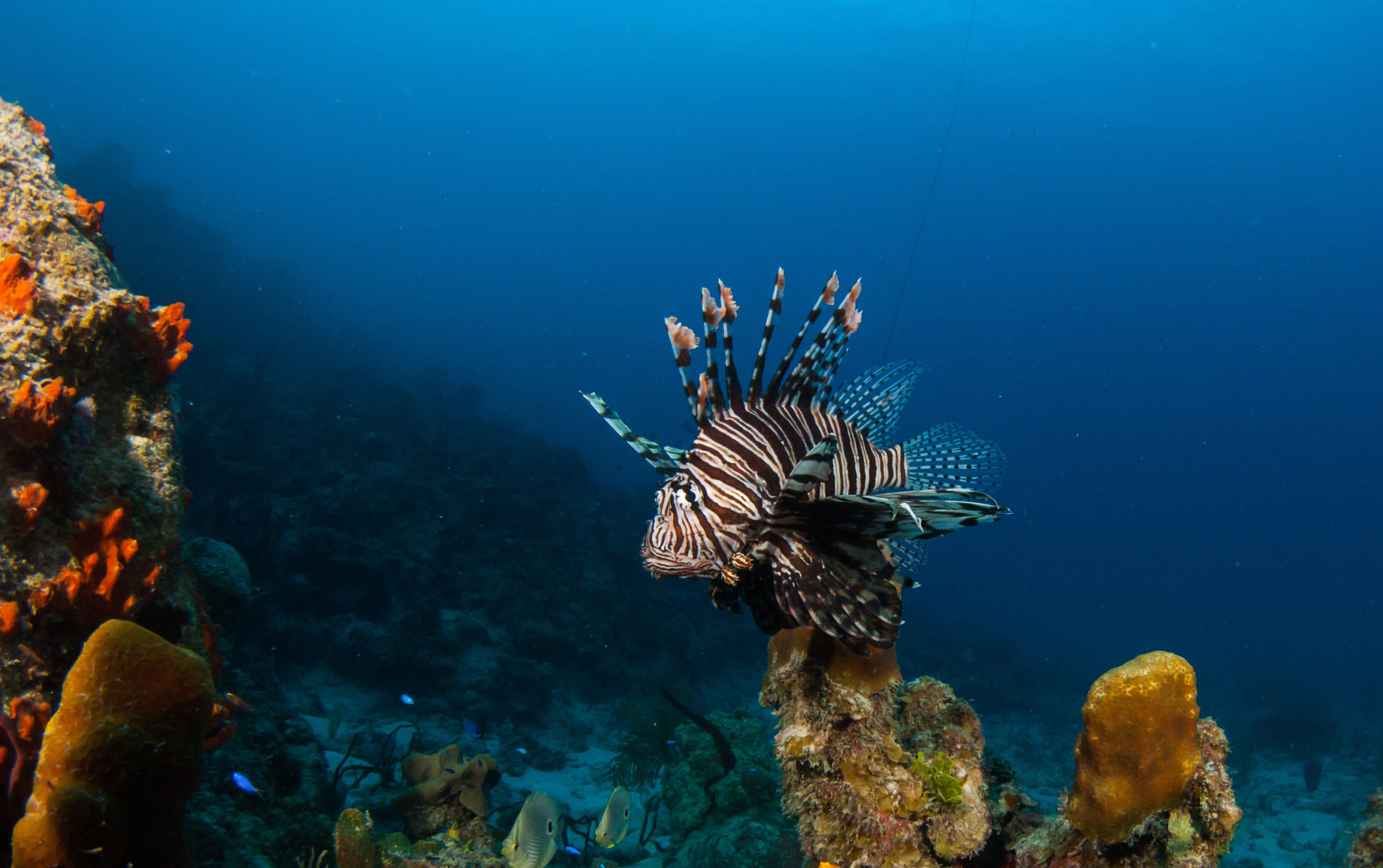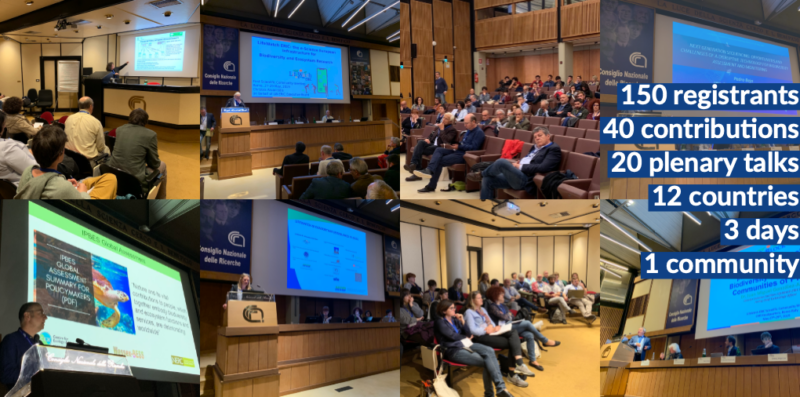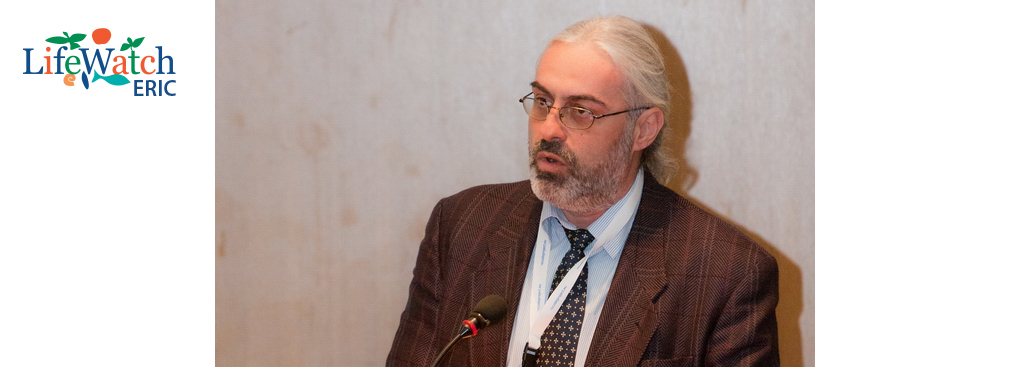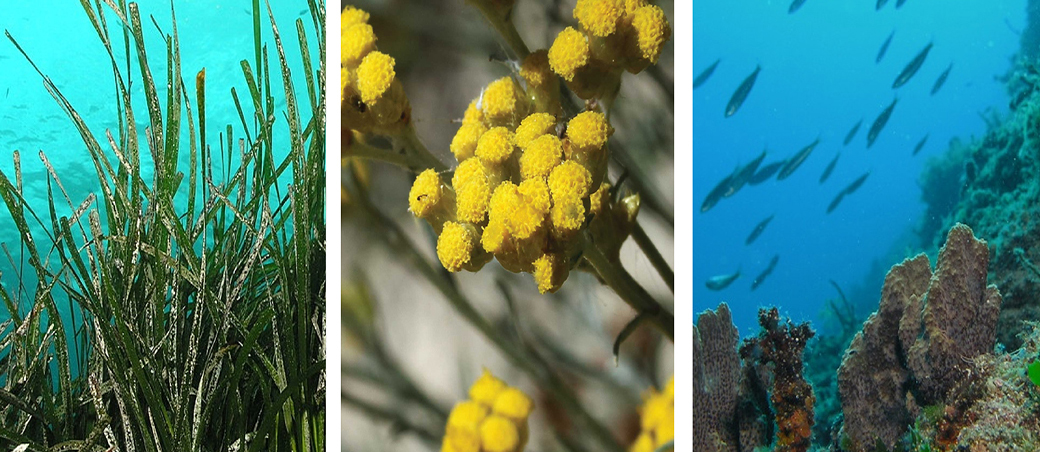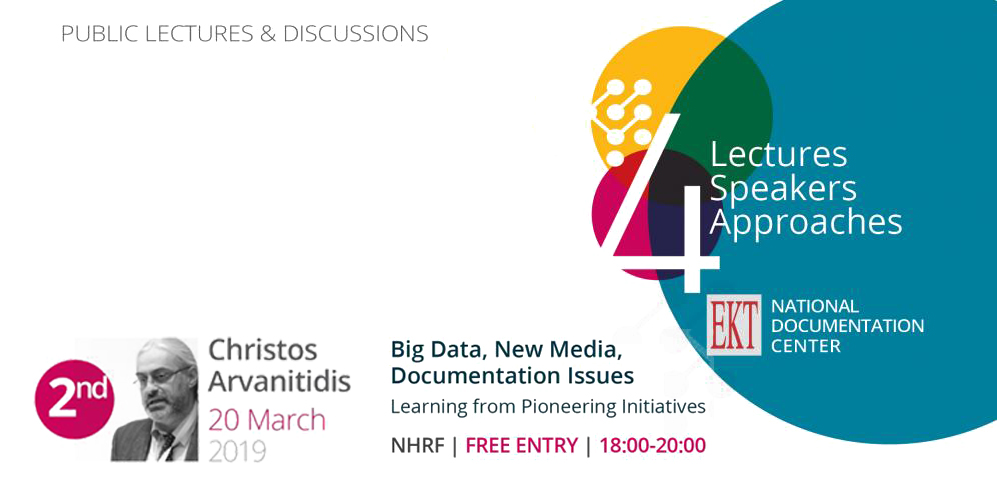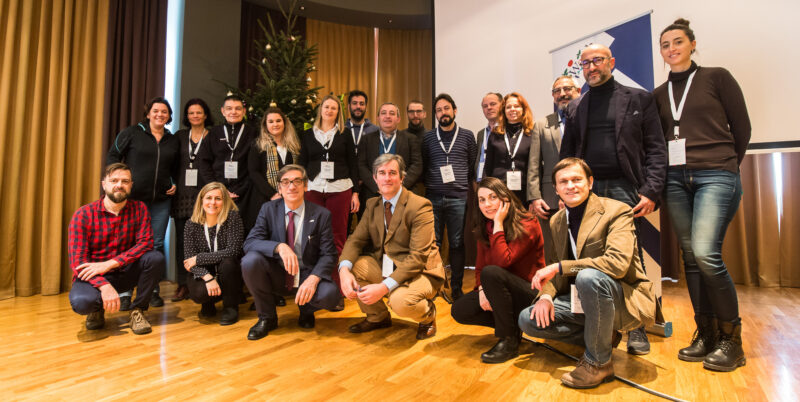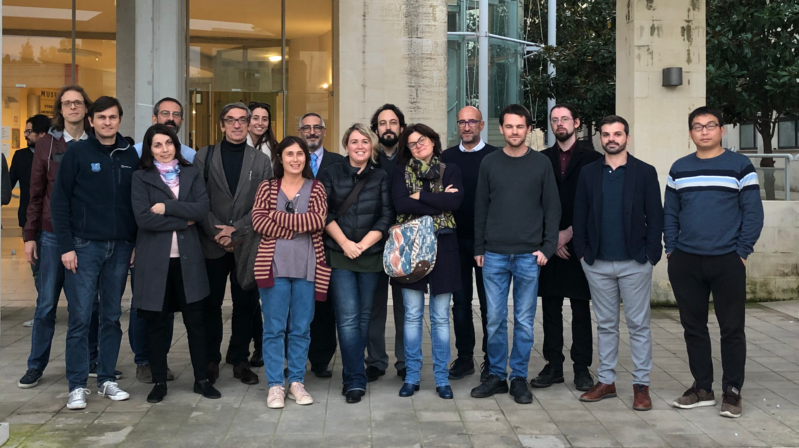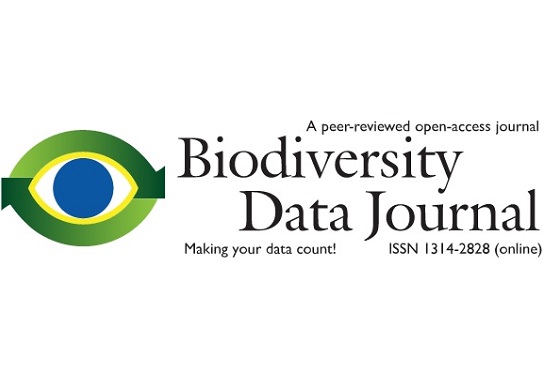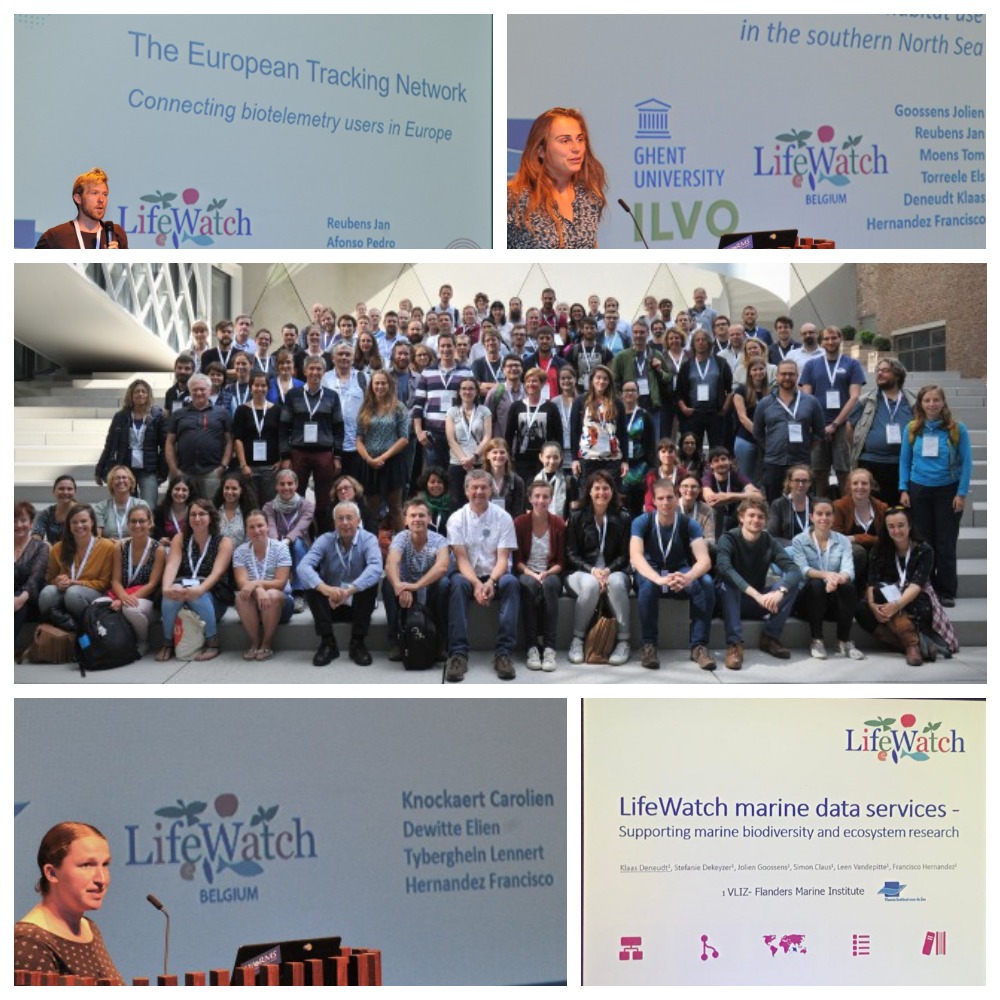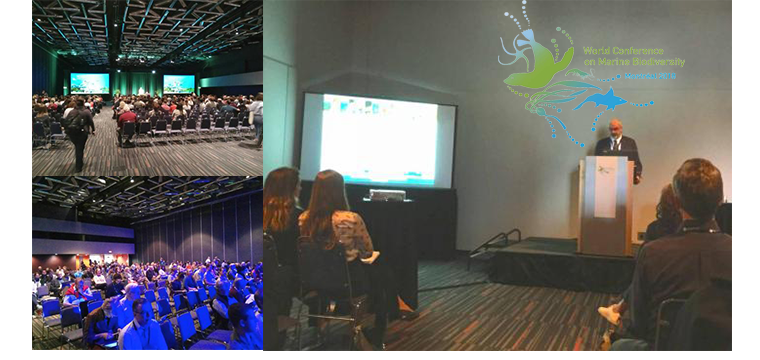Today is a very humbling day for me. It reminds me of my very first days with LifeWatch, when the idea of such a Research Infrastructure (RI) was conceived and then announced to the marine biodiversity community during the kick-off meeting of the MarBEF Network of Excellence, back in 2004. Like all of you, I was an enthusiast of LifeWatch (LW) RI and since then, I have been involved in the design, the development and operation of this great RI. The vision of this perpetual process of construction, operation and evolution of such an RI, where people meet and collaborate in cyberspace in order to test their hypotheses on biodiversity and ecosystem research, has never stopped fascinating and inspiring me.
Since the early times of LW, I saw clearly how we can empower people to do and achieve things never attempted before with our creations and ultimately make the LW RI a better place to work. By analyzing, understanding and modelling Biodiversity and Ecosystem functioning, we provide science-based evidence to preserve and sustainably use our resources, our biodiversity, our ecosystems and the services they provide to our common planet. I felt there was no better RI to join if I wanted to try to make a difference to this discipline. This is the very same inspiration that continues to drive me today. It is, therefore, an incredible honour for me to lead and serve LifeWatch ERIC (LW ERIC) and above all the community interested in this discipline. I’ve been fortunate to lead the construction and operation phase of LifeWatchGreece RI and work closely with all members of the LW ERIC Executive Board and General Assembly over the last five years. I have, therefore, gained a good knowledge of what has been done so far but I’m also looking forward to working with the members of the broader LW ERIC community. This community has achieved, so far, a great success, but we are all so hungry to do a lot more. As we depart on this new journey of LifeWatch ERIC together, I wanted to share some background on myself and what inspires and motivates me.
What has been achieved so far at LifeWatch?
LifeWatch has undergone a remarkable evolution during the three years of its existence as an ERIC: (a) the legal entities and bodies that are absolutely necessary for its operation have been established; (b) both the headquarters and the distributed components of the ERIC have been hosted in physical installations; (c) a lot of the machinery to be used has been purchased and is already in operation; (d) currently, we’re on the process of the integration of all the technology (e.g. data, tools and services) that has been developing over the past years by the national nodes of LW ERIC. I feel extremely grateful to all those who have worked hard for LW ERIC to become a reality, those pioneers who have laid the foundations of LW ERIC.
Our ERIC respects three things: (a) science, the driving force for the production of new knowledge; (b) innovation, an essential aspect for the RI to make a difference not only to science but also to the attitude of the community involved; and (c) community, the most critical of all the ingredients for the successful development and implementation of an RI.
Who am I?
I am 53. I’ve been a humble servant of biodiversity and ecosystem research discipline for almost a quarter of a century now. And like anyone else, a lot of what I do and how I think has been shaped by my research family and my overall life experiences. I’ve spent many thousands of hours digging in mudflats and lagoons, sampling the ports, the coastal substrates by SCUBA diving or from a scientific vessel or inflatable and so many more hours at the microscope, conducting traditional taxonomy on countless thousands of creatures, and on computer screens, trying to analyse the data. I have been running the Biodiversity laboratory in the Institute of Marine Biology, Biotechnology and Aquaculture (HCMR) for more than fifteen years now. This laboratory conducts research on the cutting edge of ecology, genetics/genomics and cyber-taxonomy, using the institute’s state-of-the-art heavy instrumentation such as micro-CT scanners and next generation sequencers. I have worked with people in the field, in the laboratory, with people at all levels of investigation, from the technicians to computer scientists, and stakeholders and policy makers at local, regional, national and European (international) levels. My special drive in my scientific life is an insatiable thirst for learning new things, doing new things, wondering, discovering, reading, writing, training, teaching. That’s me, that’s how I think, what I do and how I live my life.
Why am I here?
I am right here for the same reason I think most members of this wonderful research (and not only) community: to change the current way scientists conduct biodiversity and ecosystem research through the ever-growing Research Infrastructure of LW ERIC; to work hard in order that LW ERIC provide them with Virtual Research Environments (VREs) where they can carry out almost the entire process of research making, from the conception of the idea and formulation of the hypotheses to test, all the way to the interpretation of the results and the production of knowledge. Over the next decade we shall witness that power- and cloud-computing will become even more ubiquitous and that artificial intelligence and intelligence from machine learning will prevail in our discipline. We will also witness a faster co-evolution of hardware, software and scientific thinking. All these create a wonderful challenge for us to achieve our mission.
Why is LifeWatch ERIC here?
When we started this journey of the RIs foundation, our mission was to create machine-to-machine readable data and to develop software (web tools and services) for data analysis, a task which over the last couple of decades has created a big ecosystem of both data and services. The opportunity ahead requires us to re-imagine and re-think a lot of what we have done in the past for this community and to create new things.
Our big challenges require VREs where both data and software can be combined, integrated and used to: (a) test complex hypotheses on biodiversity and ecosystem patterns and processes at multiple levels of the biological organization and scales of observation; (b) explore and model the consequences from possible alterations in these patterns and processes as a result of multiple drivers of change. We are the only ones who can harness the power of such VREs through devices and web services that truly empower every researcher or any other type of user in doing biodiversity and ecosystem research. We are the only RI with a past history and a continuing focus on laying the foundations for building those VREs that create great opportunities. What we do empowers our community to do more of what they care about, that is, to accomplish great things and in so doing, also to have fun and real enjoyment. Ultimately, this is what makes the hard core of who we are, and meeting our future great challenges and achieving our goals is why we are here.
What do we do next?
We’re fortunate to have a clear vision and sense of mission that leads us to imagine, design and deliver our next generation of biodiversity and ecosystem research products and services. Our mission for the next period of LW ERIC is to turn scientists’ attitude from working in isolation in a single-core PC and with licensed software into using and benefiting from an ecosystem of web services publicly available on the web site of the LW RI with huge data management effort and support, storage capacity and computational power, which provides them not only with the capability to scale up their research interests and work on global hypotheses but it also ensures transparency, repeatability and attribution for their endeavour. All of the above constitute the very fundamentals of the scientific method and production of knowledge. Therefore, the vision for LW ERIC should be to achieve this groundbreaking change in the way most scientists on biodiversity and ecosystem research currently work: to change their everyday habits by opening the LW RI web page as they turn on their PCs and use their preferred operational platforms. This change would direct most of the scientific effort from a single-core brain (SCBs) operation or “brain-etics” to high-performance brain network synthesis (HPBNs) or “brain-omics”. This is a cultural change we have to drive our community.
This is the only way to ensure that the research effort goes far beyond the personal interests of each scientist and delivers a synthetic view of the phenomena and processes we explore, trying to understand and provide prognosis in the discipline of biodiversity and ecosystem research. Delivering such a science-based synthetic knowledge is the best way to address current and urgent societal demands and assist the EU efforts for growth and job creation.
Our new LifeWatch tagline: Leading. Pioneering. Inspiring.
During the next period of LW ERIC, every one of us needs to do our best and try to make this cultural change happen. What is clearer than ever before, though, is that we cannot achieve any degree of success if we choose to pursue the above goals independently. We need to do this, together and with our community.
Many Research Infrastructures aspire to bring about cultural changes, changes to the current landscape, and to achieve the de-fragmentation of their communities. Very few though have all the elements required: physical installations, hardware, software, data and data observatories, resources, and above all, the right people to do the job. LifeWatch ERIC RI has proven that it has all of them and in abundance.
As the new CEO, I can’t ask for a better foundation.
Let’s build on this foundation together.
Christos Arvanitidis.
Acknowledgements:
I’m very grateful to the former CEO Jesús Miguel Santamaría Ulecia, the interim CTO Juan Miguel González-Aranda and the members of the Executive Board, Prof. Alberto Basset and Prof. Peter van Tienderen, for their Herculean work to make this ERIC operational; also Prof. Jesus Marco de Lucas vice-President of CSIC and Prof. Enrique Alonso Council of State for the Kingdom of Spain for their continuous support at all levels and phases; the former Chair of the General Assembly Prof. Benjamin Sánchez Gimeno, our deceased Chair Mr Marc de Jong, our current acting Chair Mr Gert Verreet and the members of the General Assembly for laying the foundations of this ERIC; the LifeWatch ERIC staff for all the hard work and dedication they put in daily; the national coordinators and their teams for their massive support and for building the components of this wonderful Research Infrastructure and finally our scientific community for being the soul of LifeWatch ERIC. I’m much indebted to all of you and I hope my service here will meet your expectations.
